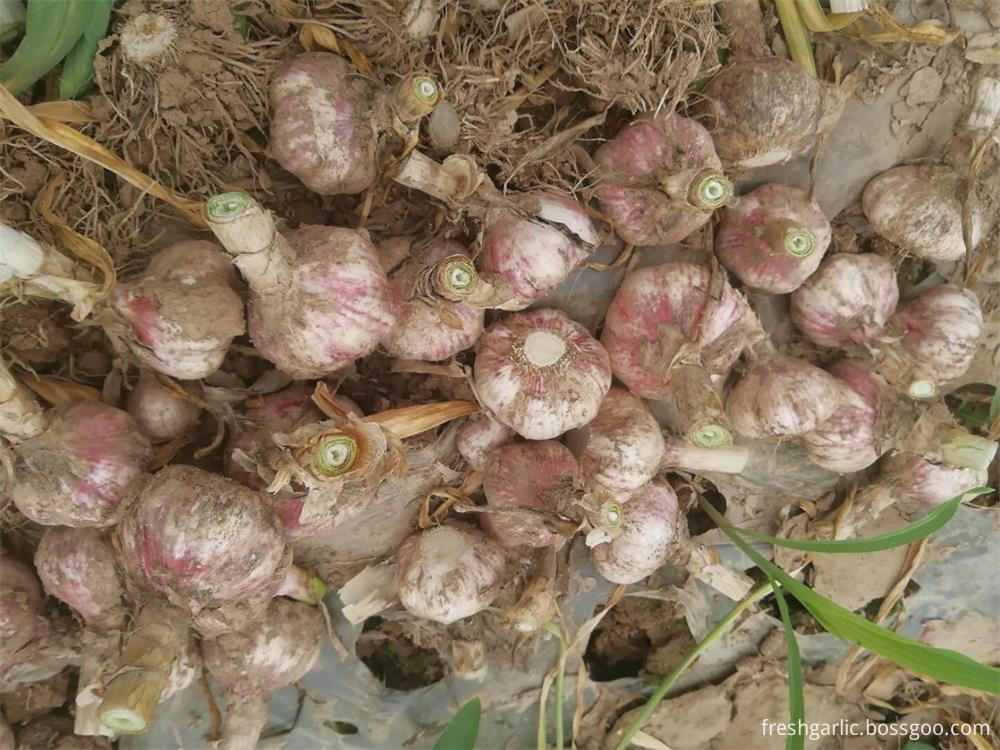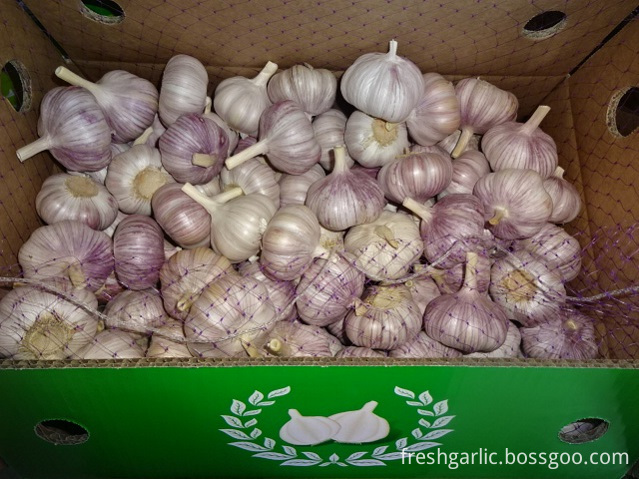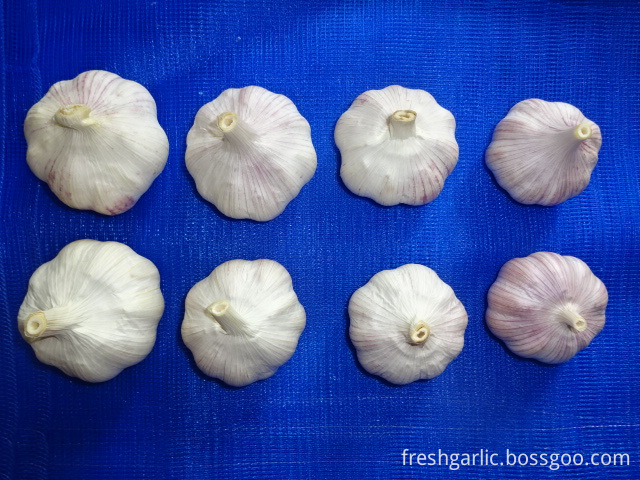Causes of yellowing of corn seedlings
Seeding too deep sowing is not easy to emerge, too deep will appear weak seedlings, yellow seedlings, sowing depth should be controlled at 3 to 5 cm; sowing at the same time, apply a certain amount of seed fertilizer, can promote seedling growth.
When the young seedlings and young seedlings do not emerge in time, they should be planted with 3 to 4 leaves of the corn and set 6- to 7-leaf seedlings to avoid overcrowding, compete with each other, compete for water, and win light to form weak seedlings, diseased seedlings, and yellow seedlings. Seedlings; Mulei seedlings should be flexibly controlled according to the variety, and the seedlings should be seeded at the density required by the cultivars.
Insufficient watering Before corn sowing or after sowing, the water is insufficient. The seeds do not get sufficient water, which affects the normal germination and emergence. Excavation time is too long to cause weak seedlings and yellow seedlings.
Waterlogging seedlings Maize seedlings often coincide with the rainy season, poor drainage of low-lying plots or water accumulation at the time of wheat harvest, resulting in yellow seedlings.
If the disease encounters long-term low temperature and rainy weather at seedling stage, it will cause the emergence and epidemic of corn seedling blight. Seedling blight occurs at the beginning of the second and third leaf stages. The leaves of the diseased seedlings are dry and yellow, and the edges are scorching. The leaves gradually dry up from the bottom up; the root hairs are less, and the roots are brown and stunted, resulting in weak seedlings of the yellow seedlings. Note that at the beginning of the disease, the base of the corn was sprayed with FMF and foliar fertilizer.
Insect pests of corn seedlings mainly include cotton bollworm, golden needle, aphid, armyworm, thrips, swedish rod fly, ground tiger, and ploughed sunflower. The nymphs and nymphs of ploughing nymphs are concentrated on corn seedlings near ground stems. Basal, root and leaf sheaths absorb sap and cause the damaged corn sheath to yellow. Timely use 40% phoxim EC 500 to 1000 times, or other systemic insecticide 500 to 1000 times spray on the stem base of corn seedlings or irrigation roots; (can also be rotated or dumped, because cultivating sunflower meal It only harms the gramineous plants.) Other insect pests can be made using generally effective and low-toxic insecticides.
Herbicides harm the improper use of herbicides A small number of farmers randomly increase the amount of herbicides; blindly mixed with other pesticides; excessive drug concentration; sprayer interoperability; counterfeit and inferior herbicides on the impact of post-action, will cause corn yellow seedlings.
The deficiency of corn is a sensitive zinc crop. Zinc deficiency can cause white flower seedlings, which appears to be corn yellowing. General zinc fertilizer is based on basic application; if zinc deficiency is found during the growth period, it can be used with 1~2 kg of zinc sulfate mixed fine soil 10~15 kg/mu at the seedling stage, or applied with a 0.1% zinc sulfate solution ( Note: Concentration should not exceed 0.4% to avoid causing fertilizer damage. Spraying twice at 7 days intervals between seedling and jointing stage, 60 kg of fertilizer used.
White garlic,also called Normal White Garlic or purple white garlic,is the most common garlic variety of Shandong,China. The skin of normal white garlic is basically white but White garlic also has a few purple stripes on it.
Normal white garlic, new crop
1. Commodity name: Normal White Garlic (Regular white garlic or Single Clove Garlic)
2. Feature: strongly spicy, milk white flesh, naturally bright color, no burnt, no mouldy, no broken, no dirt skins, no mechanical damaged, 1-1.5cm stem length, roots cleaness.
3. Size: 4.5-5.0cm, 5.0-5.5cm, 5.5-6.0cm, 6.0-6.5cm, 6.5cm & up.
4. Packing:
1) Loose packing(inner string bag):
a) 5kgs/carton, b) 10kgs/carton, c) 20kgs/carton; d) 5kgs/mesh bag, e) 10kgs/mesh bag, f) 20kgs/mesh bag
2) Prepacking:
a) 1kg*10bags/carton b) 500g*20bags/carton c) 250g*40bags/carton
d) 1kg*10bags/mesh bag e) 500g*20bags/mesh bag f) 250g*40bags/mesh bag
g) prepacked by 1pc/bag, 2pcs/bag, 3pcs/bag, 4pcs/bag, 5pcs/bag, 6pcs/bag, 7pcs/bag, 8pcs/bag, 9pcs/bag, 10pcs/ba, 12pcs/bag, then packed with 5 or 10kgs carton, 5 or 10kgs mesh bag outside h) packed according to clients' requirements.
5. Supply period: all the year round
a) Fresh Garlic: early June to end August
b) Cold storaged garlic: early September to the next middle May
6. Conveyance:
a) Cartons: 24-27.5MT/40' HR (If palletized: 24Mt/40' HR)
b) Bags: 26-30Mt/40' HR
7. Transporting and storing temperature: -3°C--+2°C
8. Shelf life: stored for up to 12 months in proper conditions



Normal White Garlic
Normal White Garlic,Fresh Normal White Garlic,White Garlic,Single Clove Garlic
JINING FORICH FRUITS & VEGETABLES CO., LTD. , https://www.forichgarlic.com